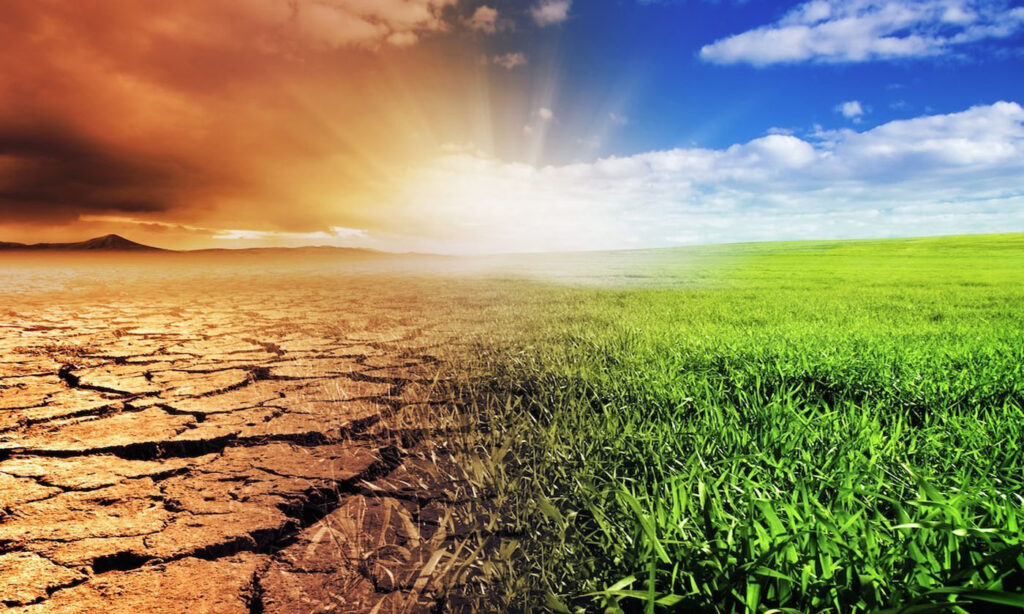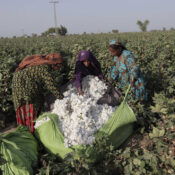
Children Face Increased Food Insecurity Due to Climate Change
Climate change has become one of the gravest issues of our time. It has led to a rise in sea levels, floods, droughts, heatwaves, and wildfires that have devastating consequences for the environment, society, and the economy. One of the most significant impacts of climate change is on food security, which affects billions of people around the world, especially vulnerable communities, like children. Food security refers to the availability and access of safe and nutritious food to meet the dietary needs of people. Climate change threatens food security by disrupting agricultural productivity, food supply chains, and the availability of water and land resources.
This article will focus on how climate change is affecting the food security of children around the world and what measures can be taken to mitigate its impact.
Impact of Climate Change on Children’s Food Security:
Children are one of the most vulnerable groups when it comes to the impact of climate change on food security. They are more susceptible to malnutrition, stunted growth, and chronic diseases due to inadequate and imbalanced diets. The following are some of the ways climate change affects children’s food security:
- Decreased Agricultural Productivity:
Climate change affects agricultural productivity by altering weather patterns, increasing extreme weather events, and changing temperature and rainfall patterns. These changes can lead to droughts, floods, and heatwaves that affect crop yields, livestock production, and fisheries. As a result, food availability decreases, and prices rise, making it difficult for families to access nutritious food. Children in low-income families are most affected by food insecurity, which can lead to undernutrition and associated health problems.
- Malnutrition:
Malnutrition is a significant problem affecting children worldwide. Climate change exacerbates malnutrition by limiting access to nutritious food and clean water, increasing the incidence of infectious diseases, and increasing stress and poverty in vulnerable communities. Malnutrition can have long-lasting effects on children’s health, including stunting, wasting, and cognitive and developmental delays, affecting their physical and mental development.

- Water Scarcity:
Climate change has led to an increase in water scarcity, particularly in developing countries. Water scarcity affects agriculture, fisheries, and livestock production, leading to a decrease in food availability and prices. Children are vulnerable to water scarcity, leading to dehydration, illness, and undernutrition. In addition, water scarcity can cause displacement, which affects food security and access to healthcare and education.
- Climate-Related Disasters:
Climate-related disasters, such as hurricanes, floods, and wildfires, can cause significant damage to food infrastructure, leading to food insecurity and malnutrition. Children are vulnerable to climate-related disasters, as they are more susceptible to disease outbreaks and require special care and protection during these events. In addition, displacement from these events can lead to food insecurity and prevent children from accessing education and healthcare.
- Poverty:
Climate change exacerbates poverty, particularly in developing countries, by affecting agriculture, fisheries, and ecosystems, leading to a decrease in food production and income. Poverty affects children’s ability to access education, healthcare, and nutritious food, leading to malnutrition, stunting, and cognitive delays.
Measures to Mitigate Climate Change’s Impact on Children’s Food Security:
Climate change’s impact on children’s food security requires a comprehensive and integrated approach that combines climate adaptation and mitigation strategies.
The following are some of the measures that can be taken to address this issue:
- Promote Sustainable Agriculture:
Sustainable agriculture practices, such as organic farming, agroforestry, and conservation agriculture, can help farmers adapt to changing climate conditions while increasing crop yields and preserving soil fertility. These practices can also sequester carbon, reducing greenhouse gas emissions and mitigating climate change. Governments and international organizations can provide financial and technical support for these practices and encourage their adoption.

- Improve Water Management:
Improving water management practices, such as rainwater harvesting, drip irrigation, and water-efficient technologies, can help reduce water scarcity and ensure sustainable water use. Governments and international organizations can invest in water infrastructure, such as dams and reservoirs, and implement water conservation policies to ensure equitable access to water and reduce water waste.
- Increase Access to Nutritious Food:
Increasing access to nutritious food requires a multi-sectoral approach that involves improving food systems, reducing food waste, increasing income and affordability, and providing nutrition education. Governments and international organizations can invest in social protection programs, such as school feeding programs, cash transfers, and food vouchers, to improve access to nutritious food for vulnerable communities, especially children.
- Enhance Disaster Preparedness:
Enhancing disaster preparedness requires investing in early warning systems, evacuation plans, and emergency response mechanisms to mitigate the impact of climate-related disasters on food security. Governments and international organizations can invest in disaster risk reduction measures, such as flood-resistant infrastructure, early warning systems, and evacuation plans, to ensure the safety and protection of vulnerable communities, especially children.
- Promote Climate Education:
Promoting climate education can help raise awareness and understanding of climate change’s impact on food security and motivate action to mitigate its impact. Governments and international organizations can incorporate climate education into school curricula and promote public awareness campaigns to increase understanding and behavioral change.
Conclusion:
Climate change’s impact on food security, particularly for children, is a significant global challenge that requires urgent action. Governments and international organizations must work together to promote sustainable practices, improve water management, increase access to nutritious food, enhance disaster preparedness, and promote climate education. These measures can help mitigate the impact of climate change on children’s food security and enable them to grow and thrive in a safe and healthy environment. We owe it to our children to take action and protect their future.
All Categories
- Agricultural Methods
- Agriculture and Women Small Farmers Rights Awareness
- Climate Change
- Disable and Human Rights
- Disable Jobs
- Donation
- Education
- Health Issues
- Organic Foods
- Organic Vegetables
- Orphans Children
- Plastic production and disposal
- Services
- Sinking in Scarcity
- Success Stories
- Uncategorized
- Waste Management
- Women Rights
- Youth Empowerment




